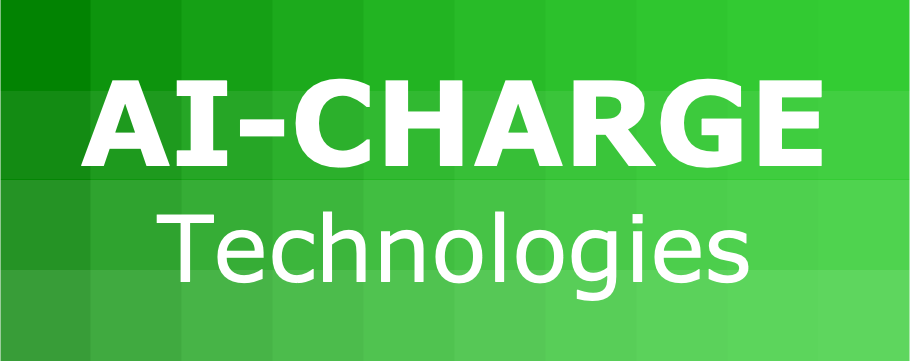Solar Mobility: Advantages of PV and Energy Management Integration with Bidirectional EV Charging
☀️🚗🔌
Solar energy + smart energy management + bidirectional EV charging = a powerful synergy that enables green, cost-efficient, resilient, and grid-supportive mobility. AI serves as the “brain” of this ecosystem, ensuring energy and mobility needs are harmonized intelligently.
Integrating solar photovoltaic (PV) systems, smart energy management, and bidirectional EV charging (V2G – Vehicle-to-Grid / V2H – Vehicle-to-Home) transforms EVs from simple energy consumers into flexible energy assets.
🌱1. Enhanced Renewable Utilization
PV systems generate electricity during daylight hours, which may not align with EV user demand.
Bidirectional charging allows EVs to act as mobile storage, capturing excess solar energy during the day and releasing it later (to the grid, home, or workplace).
This maximizes the self-consumption of locally produced solar power.
⚙️2. Cost Optimization and New Revenue Streams
Storing surplus PV energy in EV batteries avoids exporting to the grid at low feed-in tariffs.
During peak-price periods, EVs can discharge back to the grid (V2G) or supply local loads (V2H), creating savings or even revenue.
Smart tariffs combined with bidirectional capabilities enable dynamic arbitrage between low-cost solar charging and high-value energy discharge.
⚡3. Grid Stability and Flexibility
Bidirectional EVs serve as decentralized, flexible energy reserves.
When managed collectively, fleets can balance renewable intermittency, support frequency regulation, and reduce grid congestion.
This turns EV charging hubs into microgrid stabilizers rather than grid stressors.
🛡️4. Energy Resilience
With bidirectional capability, EVs can act as backup power sources for homes, offices, or critical infrastructure during outages.
Coupled with PV and storage, they form a self-sufficient, resilient energy ecosystem.
The Role of AI in Solar + V2G Integration
AI algorithms are central to managing the complexity of solar mobility with bidirectional EV charging:
📊Forecasting: Predicts solar generation, user driving patterns, and grid demand to schedule optimal charging/discharging.
📈Optimization: Dynamically balances PV, storage, grid signals, and EV state-of-charge to minimize costs and emissions while ensuring vehicle readiness.
💹Market Participation: AI enables aggregated EV fleets to join demand response and ancillary services markets.
🧠Adaptive Learning: Learns driver habits to ensure energy commitments never compromise mobility needs.
The Role of AI in Solar + V2G Integration
AI algorithms are central to managing the complexity of solar mobility with bidirectional EV charging:
📊Forecasting: Predicts solar generation, user driving patterns, and grid demand to schedule optimal charging/discharging.
📈Optimization: Dynamically balances PV, storage, grid signals, and EV state-of-charge to minimize costs and emissions while ensuring vehicle readiness.
💹Market Participation: AI enables aggregated EV fleets to join demand response and ancillary services markets.
🧠Adaptive Learning: Learns driver habits to ensure energy commitments never compromise mobility needs.
Break-even point of a 22kW public charging point
T
The break-even occurs at ~38.5 months (around 3 years and 2.5 months).
After that point, revenues exceed costs, and the charging point starts generating profit.
Following parameters:
- Investment (fixed cost): €4,000
- Monthly cost (fixed cost per month): €3.99
- Electricity sold per day: 30 kWh
- Revenue per kWh: €0.12
